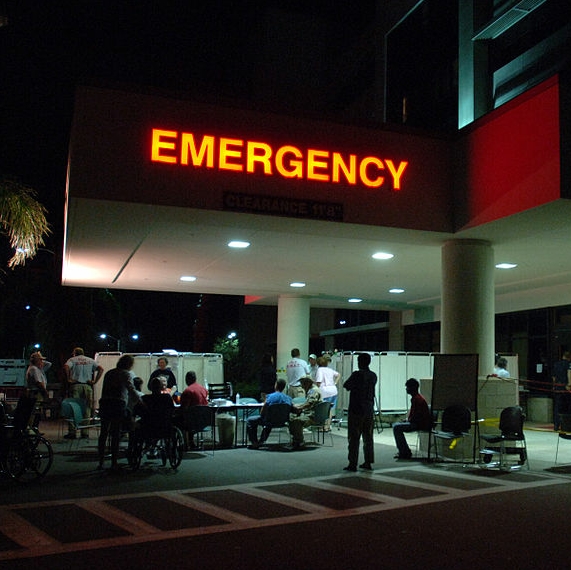What Are the Odds of Failing a Drug Test?
/By Roger Chriss, Columnist
What are the odds that a person who tests positive for an illicit drug is actually using that drug?
That is a vital question in pain management and the opioid crisis, because millions of pain patients undergo drug tests regularly and some are falsely accused of failing them. The answer is not just a matter of looking at the accuracy of the test.
In a simple situation, like a toss of a coin or a roll of a die, computing the probability of an outcome is elementary. Most people realize that a toss of a coin has an equal chance of coming up heads or tails.
But drug testing is not as simple. It is an example of conditional probability. A drug test that is 95% accurate will not find drug users 95% of the time. That is because the test is applied to both drug users and non-users. We have to use a calculation known as Bayes’ Theorem to determine the real probabilities.
Bayes’ Theorem calculates the probability of one event happening given that another event has already happened. In terms of drug testing, this means the probability that a randomly selected person who has a positive test did in fact use that drug.
To perform the calculations, we need to know two things:
- The accuracy of the drug test
- The “base rate” at which drug use occurs in the population at large.
The accuracy of drug tests varies widely. A 2010 study estimated that drug tests generally produce false-positive results in 5% to 10% of cases and false negatives in 10% to 15% of cases.
Data on the base rate of drug use also varies. The CDC claims as many as 25% of chronic pain patients develop signs of opioid use disorder. However, a Cochrane review found addiction in less than 2% of long-term opioid users.
This gives us four general scenarios to consider when estimating the probability that a chronic pain patient with a positive test result is actually misusing opioids:
Scenario I (25% base rate; 95% accurate drug test): 90%
Scenario II (25% base rate; 90% accurate drug test): 83%
Scenario III (2% base rate; 95% accurate drug test): 29%
Scenario IV (2% base rate; 90% accurate drug test): 17%
With a high base rate of opioid misuse and a more accurate test, the probability is high at 90 percent. On the other hand, as the base rate falls and test accuracy decreases, the probability drops significantly, down to 17 percent. This means that the probability of a person getting a false positive result increases.
The Base Rate Fallacy
Bayes’ Theorem clearly shows that the base rate of drug use has a large effect on the probability that a person will get a false test result. Because clinical decisions and healthcare policy are often based on the results of such tests, knowing the probabilities is vitally important.
The base rate fallacy occurs when a decision is made without taking the real base rate into consideration. As shown above, the upper value of 25% is more than 10 times the lower value of 2 percent, indicating a high degree of uncertainty in the base rate.
Moreover, the base rate is not the same in all locations or across all populations. Drug abuse is known to be higher in some places and among some age groups. The accuracy of drug tests also represents an average, but factors such as biochemical individuality and testing conditions may influence actual performance.
Further, drug testing is not an entirely random process. For instance, prior to prescribing opioid medication, a doctor may perform a risk assessment using an Opioid Risk Tool. A doctor may also have hints that a patient is abusing opioids to motivate testing. In either case, randomness is lost and the base rate shifts.
Conditional probability produces counter-intuitive results, with a high degree of dependence on the base rate -- itself a number that requires constant attention.
The bottom line is that drug testing alone is not foolproof. Clinical judgment by experienced physicians, combined with information such as pharmacy data, pill counts and medical records, will always get better odds than drug testing alone.
Roger Chriss lives with Ehlers Danlos syndrome and is a proud member of the Ehlers-Danlos Society.
Roger is a technical consultant in Washington state, where he specializes in mathematics and research.
The information in this column should not be considered as professional medical advice, diagnosis or treatment. It is for informational purposes only and represents the author’s opinions alone. It does not inherently express or reflect the views, opinions and/or positions of Pain News Network.






























